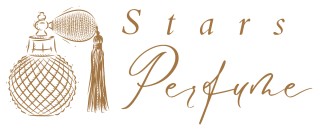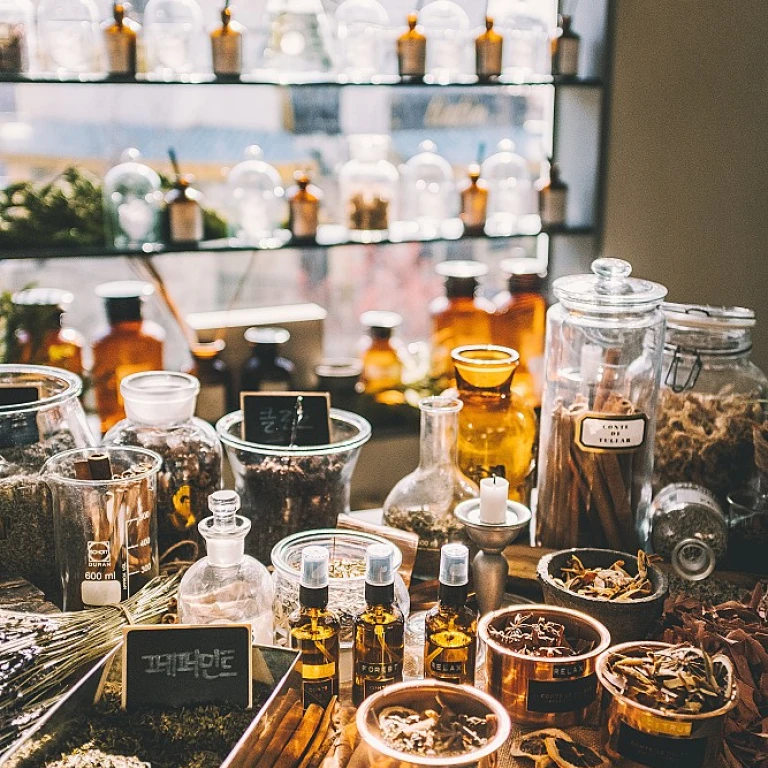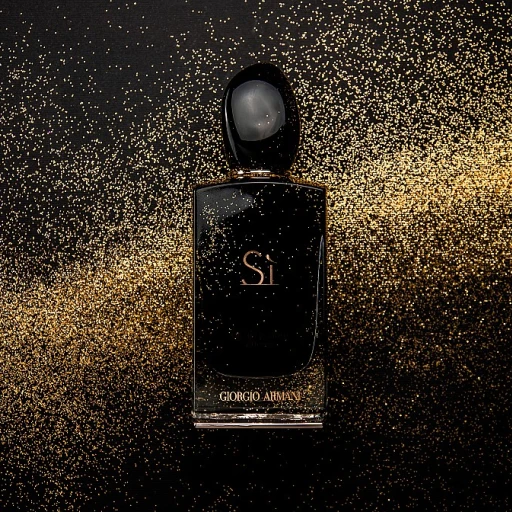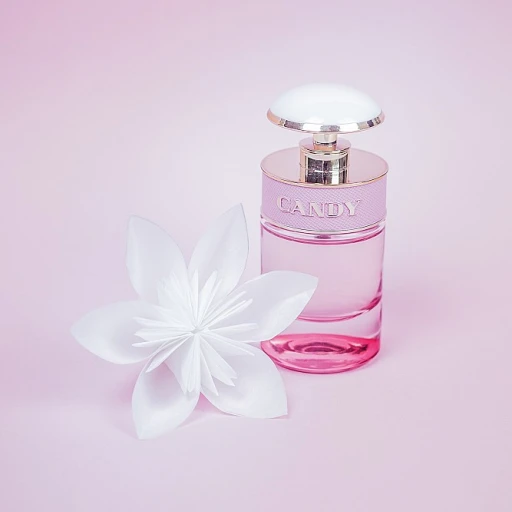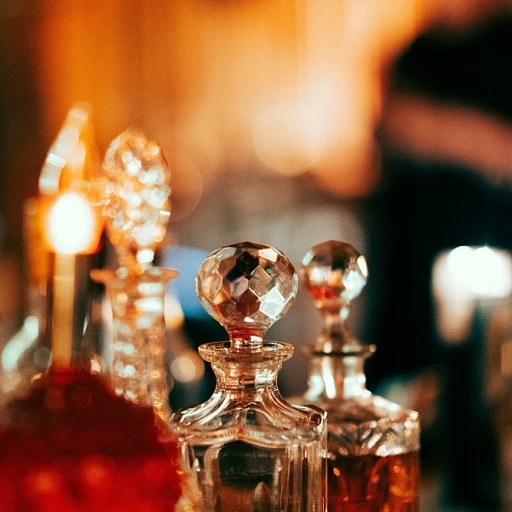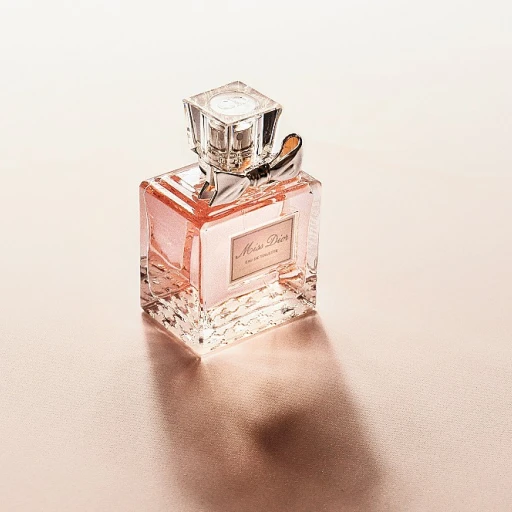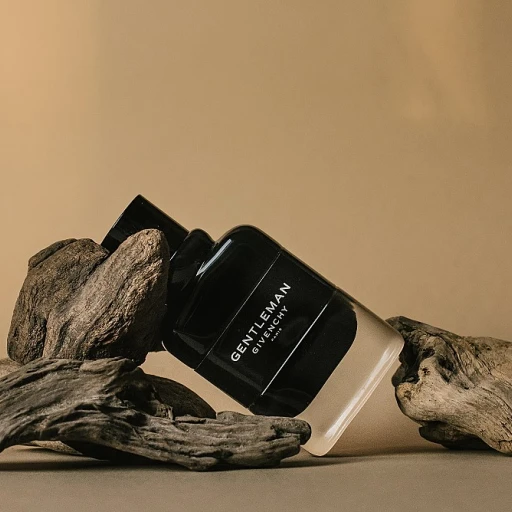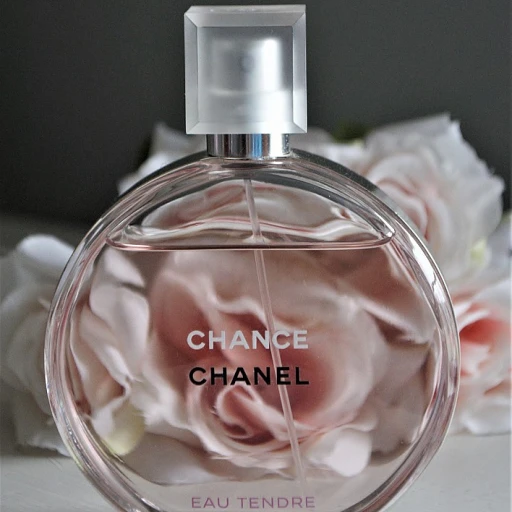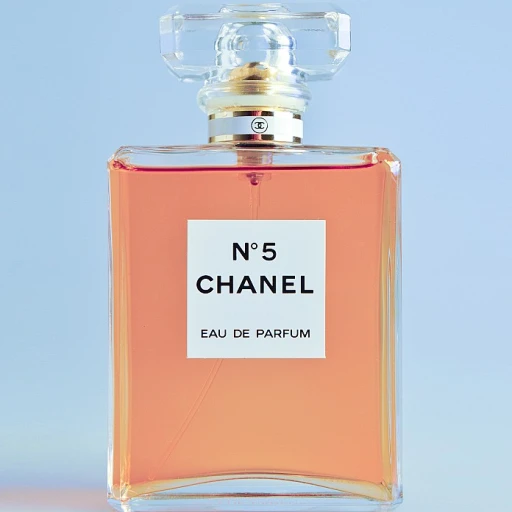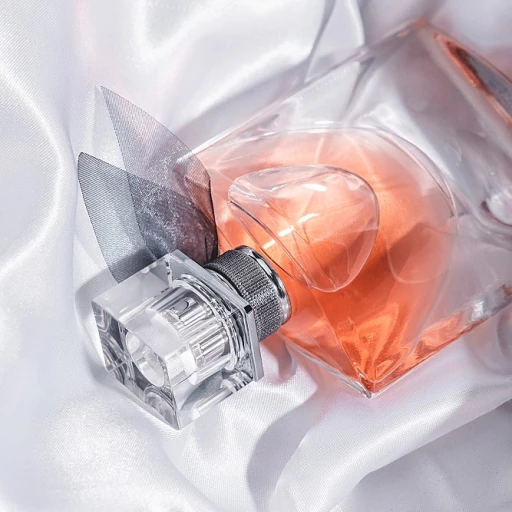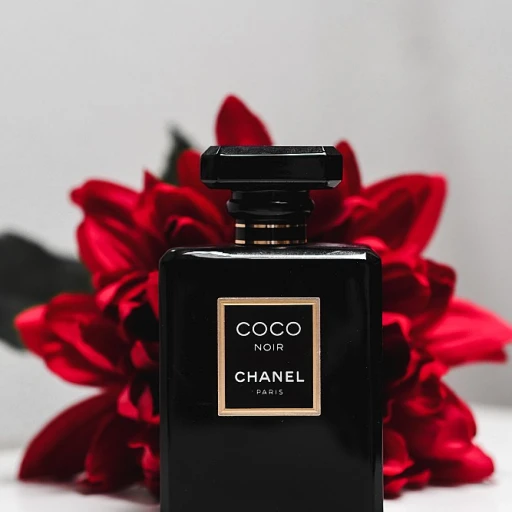
The Historical Significance of Lavender Wands
The Timeless Charm of Lavender Wands
Lavender wands have been cherished for centuries, weaving their way through history as both a practical tool and a symbol of elegance. These fragrant creations, crafted from fresh lavender stems and satin ribbons, were once a staple in households across Europe. Their primary purpose was to serve as a natural moth repellent, protecting precious garments from damage. However, their appeal extended far beyond their utility.
In the Victorian era, lavender wands became a fashionable accessory, often found in the wardrobes of the elite. The art of crafting these wands was passed down through generations, with each family adding their unique touch to the design. The process involved selecting an odd number of lavender stems, ensuring that the flower heads were evenly distributed. This meticulous attention to detail was essential to create a balanced and aesthetically pleasing wand.
Today, the allure of lavender wands continues to captivate fragrance enthusiasts. They are not only a nod to the past but also a testament to the enduring beauty of nature's gifts. As we explore the crafting techniques and scent profiles of these wands, we uncover how they have influenced modern fragrance trends. For more on how rare ingredients shape luxury scents, click here.
Crafting Techniques for Lavender Wands
The Craftsmanship Behind Lavender Wands
Creating a lavender wand is an art form that combines traditional techniques with a flair for design. The process begins by selecting fresh lavender stems, ensuring that they are still vibrant and firm. Ideally, the count should be an odd number, such as nine or eleven, to facilitate symmetrical weaving. Once you've gathered your stems, the first step is to align the flower heads at the top. This alignment creates a compact top, which becomes the focal point of the wand. Using a satin ribbon, you begin by tying a knot just below the flower heads. The choice of ribbon is vital, as its texture and color, like a subtle wand blue, will dramatically influence the final aesthetics. Next, begins the weaving process. Carefully bend the lavender stems over the tied ribbon, forming a cage. With precision, weave the ribbon in and out of these stems, adding a layer of color and securing the flowers in place. Ensure that the stems are spaced evenly; this evenness guarantees that the wand's structural integrity and visual appeal are maintained. As you move downwards, add a bit of tension to the winding satin or black ribbon to maintain its snug fit around the stems. Lavenders wands not only serve as a beautiful decorative item but also function effectively as a natural moth repellent. Their aromatic properties can refresh any space where they are placed. Finally, once the weaving is complete, tie the ribbon securely at the bottom, trimming any excess. This ties the entire piece together, both literally and figuratively, ensuring that it holds its shape over time. Crafting a lavender wand is not only a therapeutic activity but also a testament to traditional craftsmanship, each finished piece being a fragrant tribute to nature's elegance. Explore the craftsmanship of luxury fragrances and delve deeper into the artistry of scent creation which parallels the meticulous nature of crafting lavender wands.Lavender Wands in Aromatherapy
Lavender Wands and Their Role in Aromatherapy
Delving into the world of aromatherapy, lavender wands hold an esteemed position. The vibrant aroma of lavender, when expertly woven with satin ribbon through the art of wand crafting, offers more than just a decorative element. Its age-old use for calming the mind and soothing the senses becomes a delightful experience when incorporated into daily life. With fresh lavender carefully gathered and crafted into wands, the flower heads play a pivotal role. As the wand opens a window into the aromatic world, the natural scent released can help alleviate stress, promote restful sleep, and serve as a natural moth repellent. The even arrangement of lavender stems is essential in ensuring a consistent fragrance release over time. Beyond the pleasant floral notes, the process of crafting these unique lavender implements becomes a meditative practice. It’s a sensory experience where one can engage in the repetitive motion of weaving stems and tie ribbon with focus and intention. By tying the ribbon stems snugly, one can ensure the flowers retain their essential oils, providing prolonged aromatic benefits. In today’s fast-paced society, adding lavender wands to a space is an easy yet elegant way to incorporate nature's tranquility. Whether placed in a drawer, hung in a wardrobe, or as a centerpiece on a table, their versatile utility is both a visual and olfactory delight. It’s one among many fragrant journeys eagerly shared by enthusiasts who find value in such aromatic crafting practices. For those wishing to explore more about the intricacies of fragrance beyond handmade wands, understanding the appeal of perfume bottles holds similar fascination understanding the appeal. This connection between the art of crafting lavender wands and the broader fragrance industry showcases the timeless beauty of scents, bridging ancient craftsmanship with modern innovation.The Scent Profile of Lavender Wands
The Aromatic Symphony of Lavender Wands
Lavender wands exude a unique scent profile that showcases the natural elegance of lavender flowers. The aroma is not just contained within the flower heads themselves; it extends through the stems, imbued with the subtle weaving of nature’s own fragrance. When you make a lavender wand, the process of crafting – using fresh lavender and satin ribbon to encapsulate the blossoms – opens a window to a layered olfactory experience unlike any other. Remarkably, the wand structure ensures the essential oils are preserved, with the ribbon tightly wrapping around the lavender stems. This not only secures the flowers in place but also enhances their aroma, creating a perfume-like bouquet that transforms any room it graces. The enclosed flower heads exude a rich and long-lasting fragrance, with each element playing a pivotal role in the scent’s symphony. A lavender wand’s fragrance profile is both sweet and herbaceous, delivering a calming yet invigorating scent. When the satin ribbon and lavender stems intertwine, they share a delicate balance that ensures the aroma remains fresh over time, adding a refined elegance to any space. Interestingly, the fragrance doesn't dissipate quickly but rather evolves, transitioning through different phases. Initially, one may note the fresh greenery of the stems, soon followed by the blossoming, pure aroma of the lavender heads. The eventual dried flowers retain the fragrance, making these wands a moth repellent treasure that serves both aromatic and practical purposes. The combination of traditional craft and the sweet, herbal essence of lavender positions these wands not only as delightful sensory tools but also as timeless additions to the modern fragrance industry. This interaction between nature and art, encapsulated in lavender wands, is a testament to the longevity of such creations in the world of fragrance. The lasting appeal of lavender wands is evident in their ability to captivate senses with a simple yet profound aromatic beauty that stands as a perennial favorite.Lavender Wands in Modern Fragrance Industry
Modern Adaptations in the Fragrance Industry
Lavender wands have transitioned over time from their historical and artisanal roots to influencers in today's fragrance industry. As the demand for niche and natural scents grows, the timeless appeal of lavender makes it a coveted ingredient. Brands are now incorporating the essence of fresh lavender into perfumes, capitalizing on its nostalgic yet invigorating aroma.
These wands, constructed with meticulous care using ribbons and lavender stems, are not solely decorative; their aromatic properties serve as a foundation for modern perfume compositions. By harnessing the layered scents found in flower heads and stems, perfumers are creating fragrances that open a window into the pastoral beauty of Provence, with each lavender wand offering a unique scent profile.
Quantum leaps in technology allow for the detailed extraction and reproduction of the scent notes contained in the lavender wands. The industry's challenge lies in replicating the scent fidelity achieved through traditional weaving, utilizing satin ribbon to enhance the olfactory experience. This modern interplay between tradition and innovation is pivotal in pushing the boundaries of contemporary perfume creation.
In the aromatic journey of crafting wand perfumes, the blend of natural ingredients like stems and flowers pays homage to the past while ushering in a new era of sustainable luxury scents. This transformation echoes the art of crafting lavender wands, where each step, from choosing an odd number of stems to ensuring they are distributed evenly, mirrors the intricate process of perfume creation.
DIY Lavender Wands: A Step-by-Step Guide
Creating Your Own Lavender Wand: A Simple Guide
With the traditional art of crafting lavender wands being an age-old practice, making your own can be a fragrant and calming experience. To get started, you'll need a few basic materials and a fresh garden of lavender.
Here's a simple guide to help you bring those aromatic beauties to life.
- Collect Fresh Lavender: Harvest fresh lavender from your garden or a trusted source. You'll need an odd number of lavender stems to ensure the weaving process goes smoothly. A good starting point is around 13-17 stems.
- Prepare the Stems: Cut the stems so they are equal in length, removing any leaves. Make sure the flower heads are intact and full of blossoms, which will add to the fragrant charm.
- Weave with Satin Ribbon: Select a satin ribbon in your favorite color, perhaps a classic purple or a bold black to contrast beautifully with the blooms. Tie the ribbon securely just beneath the flower heads to prevent them from falling apart.
- Create the Wand: Begin the weaving process by bending each stem downward over the flower heads, forming a cage around them. Continue weaving the ribbon through the stems, alternating over and under to secure them in place. This weaving technique is essential for crafting a robust and lasting lavender wand.
- Finish with a Bow: Once you've woven the ribbon securely, tie a final bow at the end of the wand for a polished look. The ribbon will not only hold the structure together but also add a touch of elegance.
These lavender wands can serve not only as fragrant decorations but also as natural moth repellents. By making your own, you embrace both the rich history and therapeutic benefits lavender provides, as explored in fragrance and aromatherapy. Share your creations and open a window into the world of traditional crafts!
